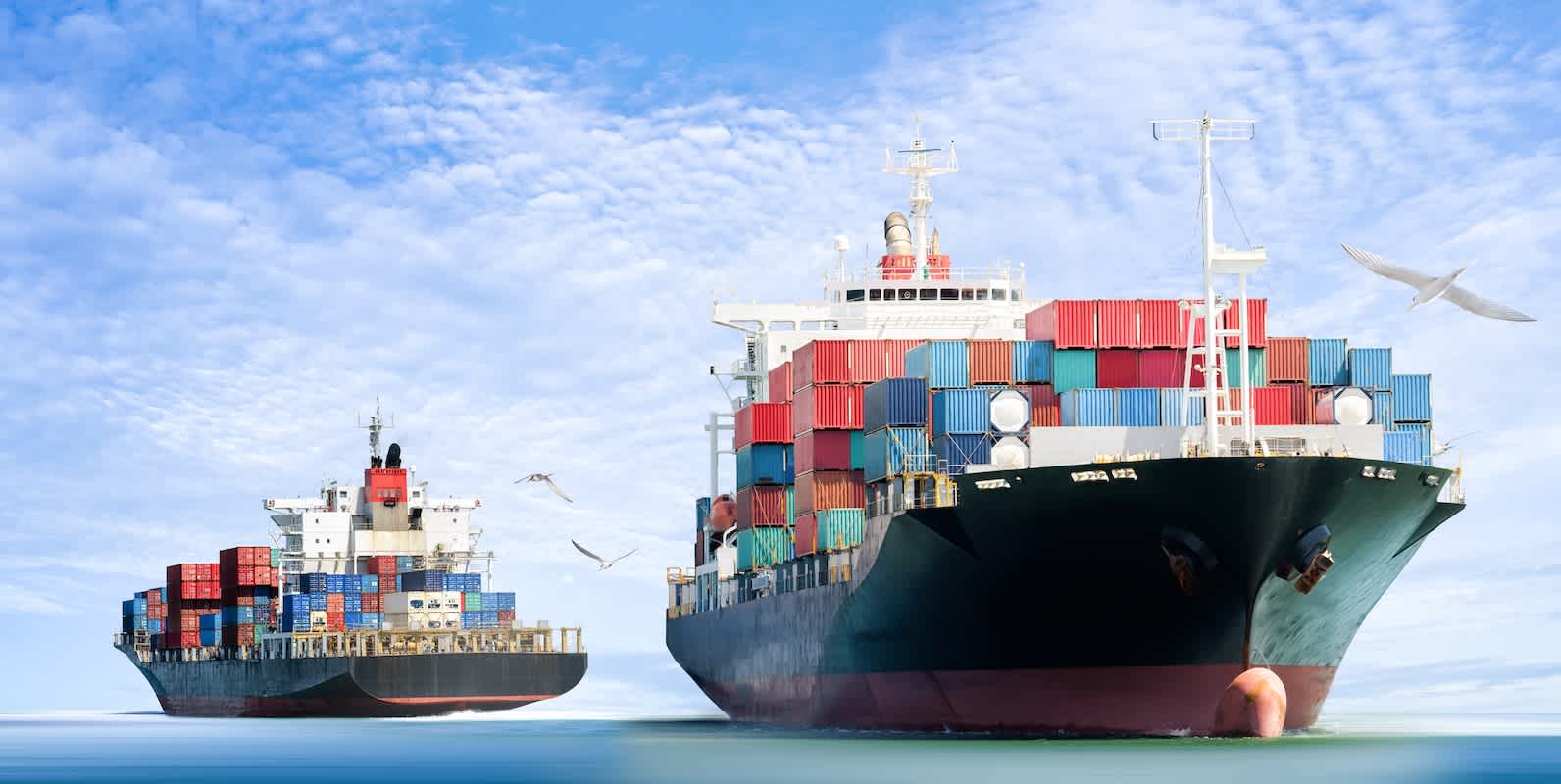
March 29, 2023
In Focus - Trade Finance: Ill Winds Blowing?
Just as expectations are rising for a rebound in trade in the second half of the year, a potential headwind is blowing in an oft-overlooked area of globalization: trade finance. It was lost in the broader discussion of pandemic-era supply chain disruptions, but it remains vital to the functioning of global trade.
Tightening monetary policy and volatility in currency markets – particularly a stronger dollar – are raising concerns that firms could lose access to trade finance, the liquidity that enables trade in goods to flow.
To the extent that it receives much attention, trade finance – mostly short-term credit and insurance/guarantees – is often discussed in the context of the ‘gap’ between supply of and demand for credit, i.e. the difference between the amount lenders are willing to lend and what borrowers seek to borrow. The latest official estimate sized the gap at $1.7 trillion globally in 2020, although that likely grew to $2.0 trillion over the course of the pandemic and potentially by even more.
But those are broad, directional measures, extrapolated from surveys. As the International Monetary Fund (IMF), Bank for International Settlements (BIS), and other international institutions have pointed out, hard data doesn’t really exist.
Before addressing the current concerns, it’s worth stepping back for a brief explanation of what trade finance is and why it is important. There are two sides, generally, to every cross-border trade transaction involving goods: the exporter and the importer. The exporter seeks assurance it will be paid for the shipment, while the importer wants to know it will receive what it ordered. Trade finance was conceived to manage these and related risks, including to working capital, key to the exporter who has invested the money to produce the goods sold.
Providers of trade finance offer a variety of instruments for managing this risk. The most common is a letter of credit (LC). Without delving into the differing types – and there are more than a few – a LC is a commitment of payment to an exporter from an importer’s bank upon proof shipment. Proof of shipment typically manifests as a Bill of Lading (BoL), invoices and an insurance certificate. The fees and size of an LC are typically set by the overall credit health of the importer and their relationship history with the importer’s bank; terms are 30, 60 and 90 days, with some on the outer edges at 120 days.
Absent trade finance, trade flows would be stifled. In many cases the two sides of the transaction have never met, let alone interacted beyond the placement and receipt of an order. Until trade finance was developed in its modern form, some time in the early 1980s, that required an immense amount of trust. There was trade before then, of course, but it was limited by this requirement. In a way, like most credit, trade finance is the cost of trust, or lack thereof.
Returning to trade finance providers, they face risks of their own, which can and do reduce their willingness to provide LCs. All are intertwined to some degree: political (domestic and geopolitical); sovereign risk; exchange rate volatility; monetary policy and the cost of capital; and, at the firm-level, fraud, balance sheet strength and creditworthiness, among others.
In Focus - The Role of the Dollar in Trade

Focusing on exchange rate risk, because the U.S. dollar accounts for roughly between 74 - 96% of export invoicing outside of Europe, swings in its value relative to local currencies can affect the ability of one or both sides to pay. When the Fed began its tightening cycle in March 2022, the Fed’s real broad dollar index, a trade-weighted measure of the dollar’s value against a basket of 24 currencies, strengthened to a new post-financial crisis high of 121.2 in October. It subsequently fell sharply, but rose again in February.
In 2021, default rates on various trade finance offerings were down across the board from the previous year and for some types, back to their pre-pandemic levels. That, however, was during a period of easy money, when exchange rates were volatile but with a weaker dollar, which is supportive of trade finance and trade, more broadly. Since then, central banks in most major economies – and many smaller ones – have started chasing the Fed upward on interest rates to fight inflation and, in some cases, to prevent their currencies from weakening too far against the dollar. Exchange rates have become more volatile as a result, only now the dollar is strong.
The effects on trade finance could be two-fold. One, we could see default rates on the rise again, especially among the small to medium-sized businesses in developing economies that are two, three and four tiers down in global supply chains. Or, two, defaults may remain relatively rare but only because providers have become more cautious in their lending decisions.
If global growth and demand point to improving trade flows, either result could serve as a constraint in the months ahead.
Disclaimer: The contents of this report are made available for informational purposes only and should not be relied upon for any legal, business, or financial decisions. Flexport does not guarantee, represent, or warrant any of the contents of this report because they are based on our current beliefs, expectations, and assumptions, about which there can be no assurance due to various anticipated and unanticipated events that may occur. This report has been prepared to the best of our knowledge and research; however, the information presented herein may not reflect the most current regulatory or industry developments. Neither Flexport nor its advisors or affiliates shall be liable for any losses that arise in any way due to the reliance on the contents contained in this report.





